Times may have been hard in Florida in the late 1920s and early 1930s, but there was always joy in Mudville, that is, Fort Myers, when Connie Mack and the Philadelphia Athletics were in town.
(Athletics owner Connie Mack catches for Thomas Edison at Terry Park, March 1927)
“Connie Mack is the most important figure in baseball here,” says baseball historian and journalism professor Glenn Miller. When owner-manager Connie Mack brought the Philadelphia Athletics to Fort Myers in 1925, northern sportswriters also discovered the City of Palms, Miller says. “Baseball helped put Fort Myers on the national map.”
(On Monday, Feb. 26, Glenn Miller, with fellow expert Ken Breen and moderator Ted Fitzgeorge, will talk all about baseball in Fort Myers at the annual Southwest Florida Historical Society’s Cracker Dinner.
(The Fort Myers Press July 10, 1924)
The “Mackmen,” as the newspaper called them, played at Terry Park for 12 seasons. R.Q. Richards, owner of Royal Palm Pharmacy, headed the Kiwanis Club’s baseball committee and persuaded Mack to bring the team for spring training. The deal required extensive enhancements to Terry Park.
Tyrus “Ty” Cobb trained at Terry Park in 1927-1928. Fan Thomas Edison, then 80, came to bat against Cobb on the diamond on March 7, 1927, as Mack played catcher.
“You’ll be playing ball at 80,” The Fort Myers Press says Edison told Cobb, as Mack agreed, “I hope so.”
(Ty Cobb, Thomas Edison, and Connie Mack, Philadelphia Athletics Spring Training, Terry Park, Fort Myers, 1927)
The Athletics won pennants in 1929, 1930, and 1931. Beginning in 1928, the city celebrated “Connie Mack Day” at the close of each spring training, with a parade and gifts for Mack, his wife, and team members.
Mack took the team to Mexico for spring training in 1937, citing finances, but he kept strong ties to Fort Myers. Son Connie Mack, Jr., was an essential part of the development of Cape Coral, grandson Connie Mack III was a United States Senator from Florida, and Connie Mack IV represented the district in the House of Representatives.
Connie Mack III and other members of the family will be on hand as Edison and Ford Winter Estates opens its exhibit “Fanatics: Edison, Mack, and Baseball in Fort Myers” on March 1. The opening reception is 5:30 to 7: 30. Find out more: A Celebration of Baseball Legends - Edison and Ford Winter Estates.
Ted Williams: Hall of Fame Fisherman
Teddy Sportfishing doesn’t have quite the same ring as Teddy Ballgame, does it? But Boston Red Sox legend Ted Williams, the greatest hitter in baseball, was inducted into the International Game Fish Association’s Fishing Hall of Fame in 2000.
(Ted Williams, right, wheels in a big catch.)
As a fly fisherman, Williams traveled from the Florida Keys to Canada and points between. Legendary Southwest Florida fisherman Fingers O’Bannon was his guide in Southwest Florida waters. The Fort Myers News-Press wrote that Williams and his first wife, Doris, fishing with O’Bannon, caught a record number of kingfish on a trip out of Naples in February 1949.
Williams was long retired when the Boston Red Sox started training in Fort Myers in the early 1990s. But there is a statue of him at JetBlue Park/Fenway South, in Fort Myers. It’s of Williams with a child who represents one of the children with cancer helped by the Dana-Farber Cancer Institute’s Jimmy Fund, a cause Williams promoted tirelessly.
(Ted Williams signs autographs at the Fort Myers Sears, April 11, 1961, as part of a tour to promote his fishing tournament; from Fort Myers News-Press)
The “Splendid Splinter” was a complicated man, and his death in 2002 spurred gossip and commentary as his estranged daughter, the late Bobby-Jo Ferrell, fought his two younger children over whether Williams had agreed to be held in cryonic preservation. Claudia Williams, Williams’ only child still living, spoke to Wright Thompson about all of that and more in 2015 in an incredible piece of sports writing, Ted Williams' legacy preserved by daughter Claudia Williams.
Roberto Clemente and the Pittsburgh Pirates
Earlier this month, Manatee County dedicated a stretch of highway as Roberto Clemente Way, remembering the Hall of Fame player and humanitarian who was at Bradenton for spring training from 1968 until his tragic death in a plane crash in 1972.
But from 1955 to 1968, Clemente was at Terry Park in Fort Myers for spring training. The native of Puerto Rico went from rookie to star in those years, but Fort Myers was not always a comfortable place for Clemente and his Black teammates.
(Roberto Clemente)
In 1962, when spring training teams roomed together in most towns, Fort Myers still had segregated housing. White players stayed in one hotel, while Black players were sent to room with Black families in the Dunbar neighborhood.
“The Pirates are no longer in a position to tolerate the segregated business when nearly all the other major league clubs have, in the last two years, integrated their spring camps,” wrote Dale Pullen in the Hollywood, Fla., Sun-Tattler, May 1, 1962.
By that time the Pirates were actively looking for another home, and although Fort Myers’ housing for players was integrated during the next few years, contract talks stalled between the team and the city every year until the move to Bradenton. Clemente’s legacy in Fort Myers is noted by the naming of Roberto Clemente Park in Dunbar, which is also home to Williams Academy Black History Museum.
On March 15 at 2 p.m, at Edison and Ford Winter Estates, program manager and baseball expert Holly Shaffer will talk about Robert Clemente and the Pittsburgh Pirates. Presentation included with admission to the estates.
More about Clemente:
Noted sportswriter David Dorsey (Fourth Down in Dunbar) wrote an excellent story about Fort Myers and Clemente upon the release of the 2014 ESPN documentary The Clemente Effect.
Glenn Miller, historian Woody Hanson, and Charles Barnes, chairman of the board of the Lee County Black History Society, are featured in a Spanish-language segment by Telemundo about Clemente’s legacy.


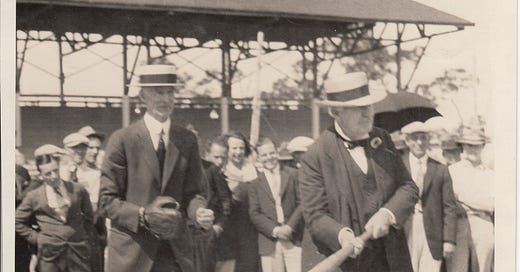



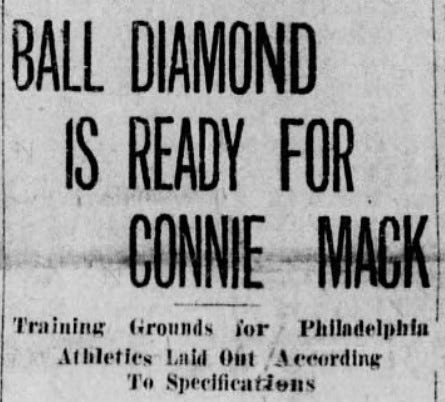
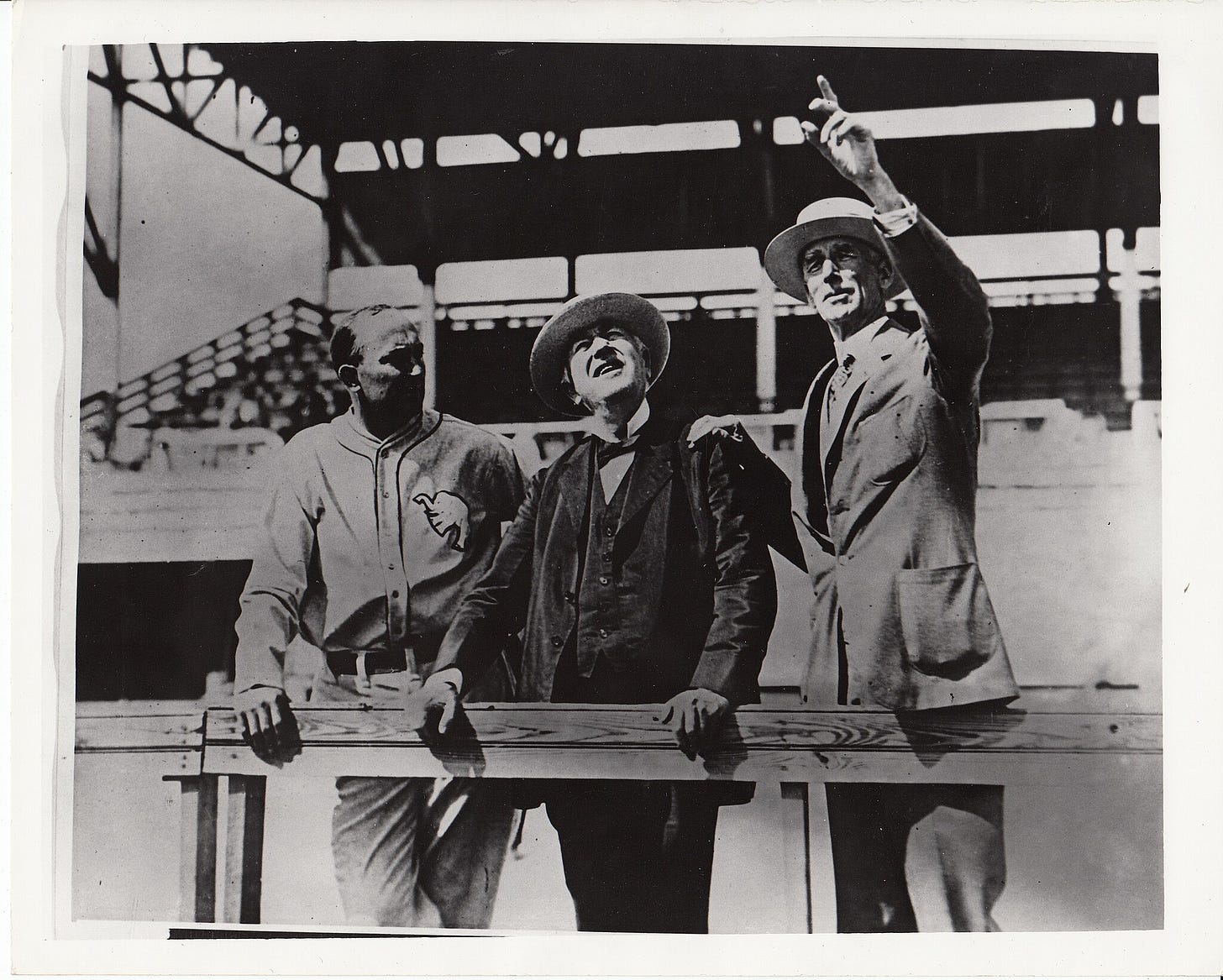
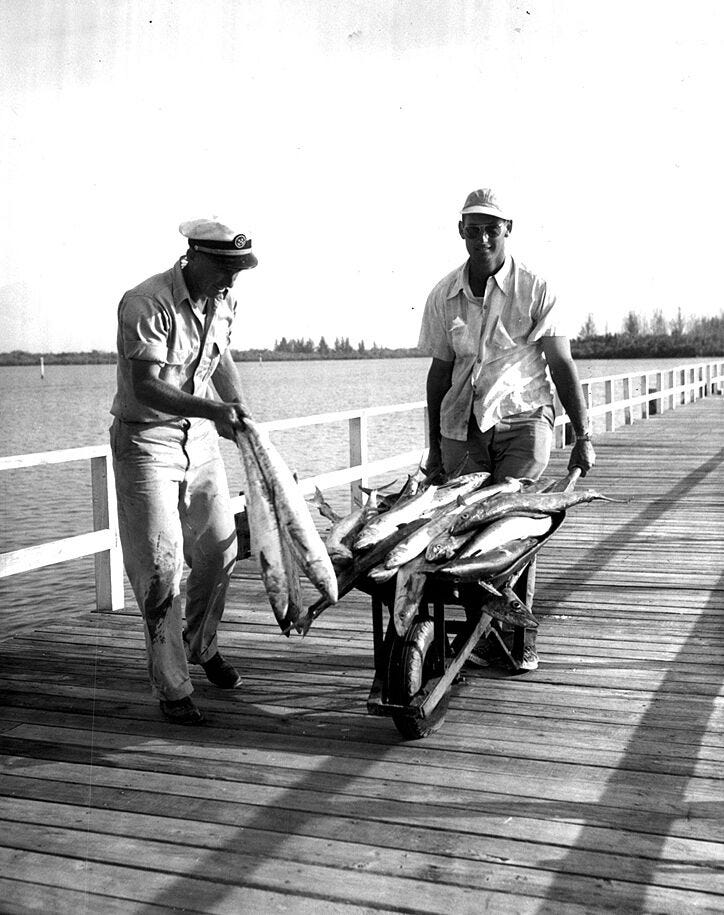
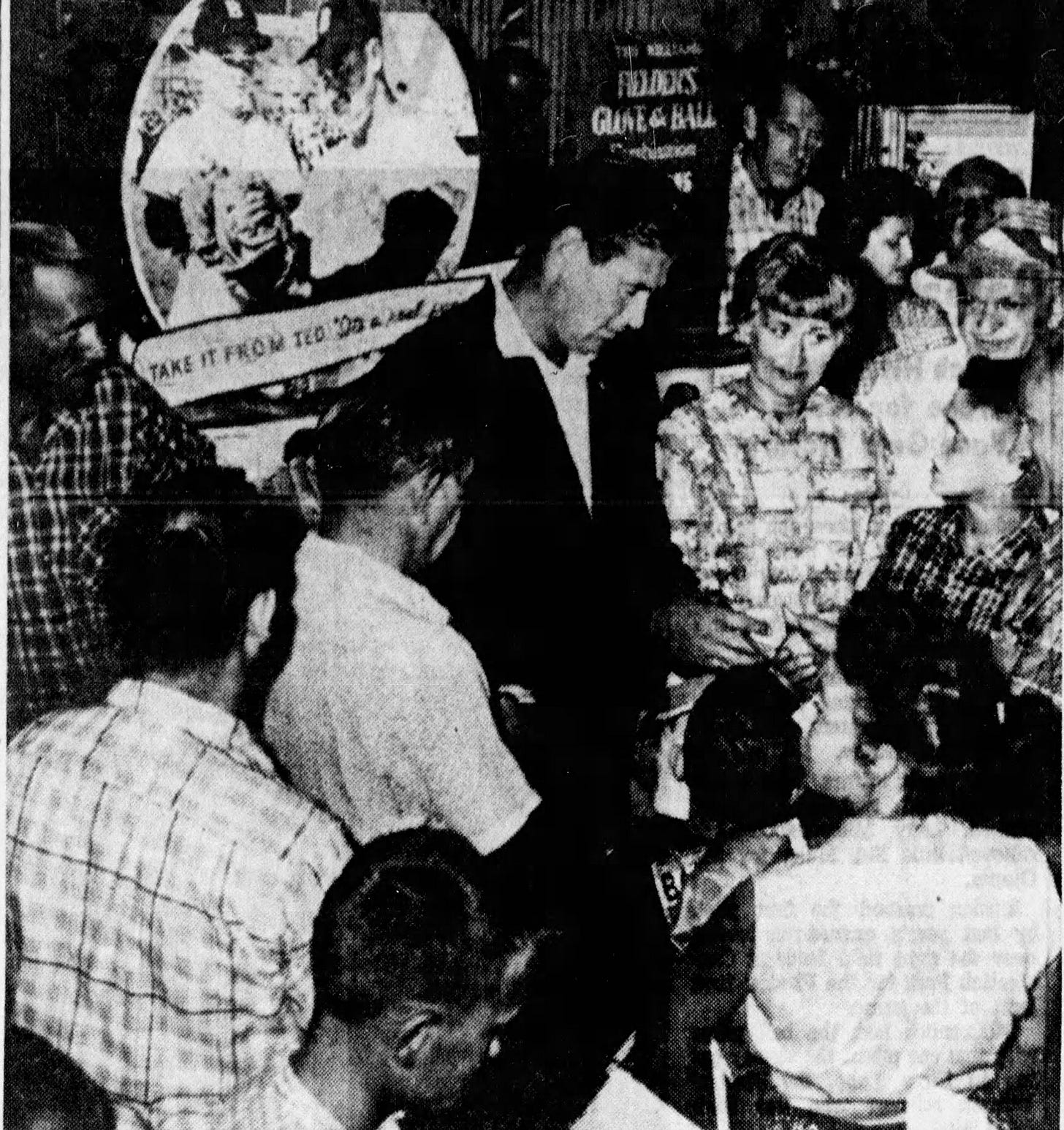
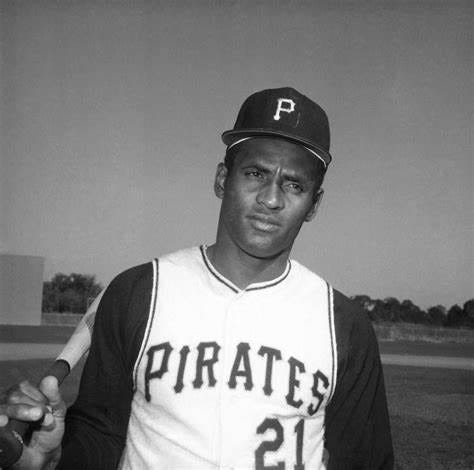
I know this is an old post, but I wonder if you know much about Fingers O'Bannon. He was my grandfather's brother (and thus my great-uncle.) I hear stories from my family, but i can't recall them -- how'd he get the nickname, how was he beloved?
Thank you. This made me think of my maternal grandmother, Murphy Mom-Mom, who was a huge fan of the Philadelphia Phillies. She’d sit next to the radio and listen to the games with a little glass of beer in her hand. How I miss her.